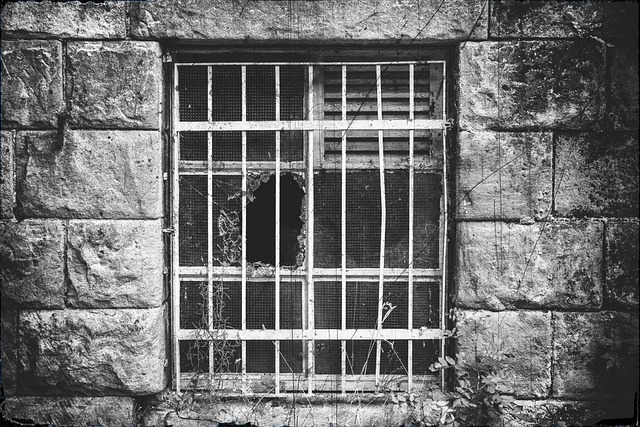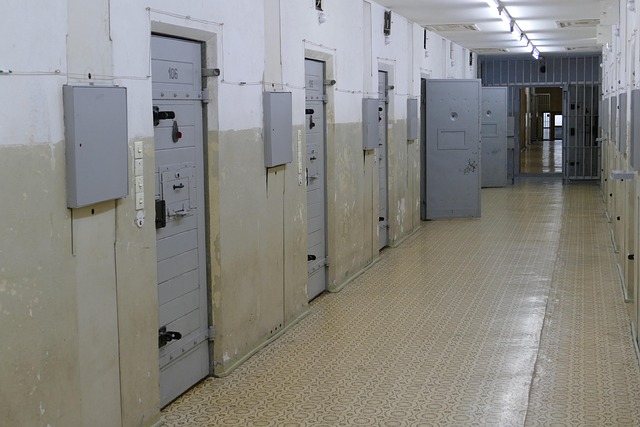Rural-urban disparities in DUI enforcement pose unique challenges. Urban areas leverage tech solutions like automated systems and data analytics for stringent monitoring, while rural regions employ innovative tools like drones and mobile units due to longer response times and lower driver intoxication rates. Tailored strategies using crash data analysis prove effective in rural hotspots, targeting interventions and raising awareness. Urban centers integrate advanced surveillance, breathalyzer devices, and mobile apps to deter DUI, achieving significant incident reductions. Future legislation aims to bridge gaps through AI-driven models and connected vehicle systems, ensuring uniform safety standards regardless of location for equitable DUI law enforcement.
In the vast expanse between bustling urban centers and serene rural landscapes, DUI laws face a stark contrast. This article delves into the complex interplay of geographic location and driving under the influence (DUI) regulations, examining how rural and urban areas approach enforcement and penalty structures. From tech innovations to data-driven strategies, we explore solutions for reducing impaired driving, focusing on tech solutions for impaired driving as cities and towns adapt uniquely to their environments.
- Understanding DUI Laws: A Rural-Urban Divide
- The Impact of Geographic Location on Driving Under the Influence Penalties
- Tech Innovations in DUI Enforcement: Urban vs Rural Adoption
- Data-Driven Strategies for Reducing Impaired Driving in Rural Areas
- Enhancing Safety Measures: Urban Centers and Their Advanced Systems
- Future Perspectives: Equalizing DUI Laws Across Different Environments
Understanding DUI Laws: A Rural-Urban Divide

In the realm of DUI (Drunk or Drugged Driving) laws, a notable divide exists between rural and urban areas. Each environment presents unique challenges when it comes to enforcing and regulating impaired driving. Rural regions, characterized by lower population densities and more dispersed communities, often face different circumstances compared to urban centers with their high traffic volumes and concentrated populations.
Understanding this rural-urban divide is crucial when considering tech solutions for impaired driving. Urban areas have traditionally implemented stricter DUI laws and enforcement strategies due to the higher risk of accidents and the need to protect dense populations. In contrast, rural communities may require tailored approaches that account for longer response times of emergency services and the general lower prevalence of intoxicated drivers. Tech-driven solutions, such as advanced alcohol detection systems and innovative reporting mechanisms, can play a pivotal role in bridging this gap and ensuring safer roads for all, regardless of location.
The Impact of Geographic Location on Driving Under the Influence Penalties

In the realm of DUI (Driving Under the Influence) laws, geographic location plays a significant role in determining penalties. Rural and urban areas often have distinct approaches to enforcing and punishing impaired driving, reflecting the unique characteristics of each environment. Rural regions, characterized by lower population densities and limited access to public transportation, might implement stricter penalties with harsher sentences. This could be attributed to concerns about reduced emergency response times and increased vulnerability to accidents in isolated areas. On the other hand, urban centers, with their dense populations and well-developed public transit systems, may adopt a more nuanced approach, focusing on tech solutions for impaired driving, such as designated driver programs and ride-sharing initiatives, alongside stringent legal repercussions.
The impact of this geographic disparity is evident in various forms, including different blood alcohol concentration (BAC) limits, varied sentencing guidelines, and the availability of alternative penalties like community service or participation in addiction rehabilitation programs. Understanding these variations is crucial for individuals navigating both settings, as it influences how they approach safe driving practices and potential consequences of impaired driving. In today’s digital era, tech solutions for impaired driving are revolutionizing how law enforcement agencies and communities address this issue, offering innovative ways to prevent and mitigate the effects of DUI across different geographic locations.
Tech Innovations in DUI Enforcement: Urban vs Rural Adoption

In recent years, technological advancements have significantly shaped DUI enforcement across both urban and rural areas. One notable trend is the adoption of innovative tech solutions for impaired driving. Urban centers have seen a more rapid integration of these technologies due to higher population densities and well-established infrastructure. For instance, automated license plate recognition systems have been deployed extensively in cities to monitor known intoxicated drivers and enhance road safety. Additionally, urban areas often benefit from advanced sensor networks that can detect alcohol vapors, making it easier for law enforcement to identify and apprehend offenders.
In contrast, rural regions face unique challenges when implementing similar tech solutions. Lower population densities mean fewer resources and less infrastructure support. Despite these hurdles, rural communities are exploring innovative strategies. They are utilizing drones for surveillance and remote sensing technologies to monitor high-risk areas. Moreover, mobile breath testing units have gained traction in rural areas as they can be deployed quickly during patrols, providing immediate results and deterring potential DUI offenders.
Data-Driven Strategies for Reducing Impaired Driving in Rural Areas

In rural areas, where populations are often spread out and driving distances can be considerable, reducing impaired driving requires tailored strategies that address unique challenges. Data-driven approaches leveraging tech solutions for impaired driving have proven effective in combating this issue. By analyzing local crash data, authorities can identify hotspots and implement targeted interventions such as increased patrols during high-risk periods, educational campaigns focused on rural communities, and the installation of advanced DUI checkpoints equipped with technology to detect impairment more accurately.
These tech-driven measures not only enhance enforcement capabilities but also foster a sense of community awareness. Mobile apps that provide real-time information on safe driving options, designated drivers, and local sobriety resources can empower residents to make responsible choices. Additionally, integrating data from weather sensors and traffic monitoring systems allows for proactive measures during high-risk conditions, such as heavy rainfall or holiday weekends, when impaired driving may surge.
Enhancing Safety Measures: Urban Centers and Their Advanced Systems

Urban centers have taken significant strides in enhancing safety measures related to DUI (Drunk or Impaired Driving) due to their advanced systems and tech solutions for impaired driving. High-tech surveillance cameras, advanced breathalyzer devices, and robust data analytics platforms are deployed across these areas to proactively identify and deter potential offenders. These urban hubs often boast sophisticated traffic management systems that integrate real-time data from various sensors and cameras, enabling swift responses to unsafe driving behaviors.
Moreover, cities have leveraged mobile apps and digital initiatives to spread awareness about the consequences of DUI and promote designated driving options. Such tech-driven approaches have proven effective in reducing impaired driving incidents by providing transparent information and encouraging responsible behavior among residents and visitors alike.
Future Perspectives: Equalizing DUI Laws Across Different Environments

In the pursuit of enhancing safety on roads, future perspectives in DUI legislation look towards equalizing laws across both rural and urban environments. Currently, disparities exist due to differing enforcement strategies and population densities. However, with advancements in tech solutions for impaired driving, these gaps can be bridged. Innovative technologies such as enhanced data analytics, AI-driven predictive models, and connected vehicle systems offer promising tools for proactive DUI prevention regardless of location.
Equalizing DUI laws necessitates a balanced approach that considers the unique challenges each setting presents. Tech-driven strategies can help rural areas with limited resources by leveraging technology for more efficient patrols and accurate identification of at-risk drivers. Meanwhile, urban centers can benefit from sophisticated data analysis to pinpoint high-risk zones and optimize enforcement efforts. Ultimately, these tech solutions aim to create a uniform standard of safety, ensuring that everyone, whether in a bustling city or a quieter countryside, faces consistent and just DUI laws.
In light of the varying rural-urban DUI laws and their impact on penalties, it’s evident that a one-size-fits-all approach to enforcement isn’t effective. While urban centers benefit from advanced tech solutions for impaired driving, rural areas face unique challenges. However, with data-driven strategies and innovative technologies, we can work towards equalizing DUI laws and enhancing safety across all environments. By adopting tech innovations like advanced sensor systems and mobile breath testing units, we can create a more consistent and effective approach to deterring and reducing impaired driving, ultimately saving lives regardless of location.






